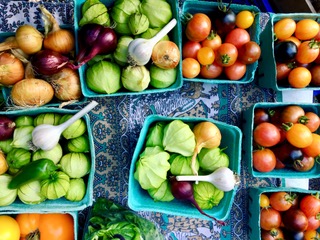February shouldn’t be the only month we talk about heart health. There is no better place to start than getting “up close and personal” with the inner workings of the pump that keeps us going. This information is key because everyone should be aware of how the foods you eat affect your heart and your health. So let us begin with the ENDOTHELIUM. Most people have never heard of an endothelium, although if stretched out, it would be 50,000 miles long and weigh as much as your liver!
WHAT IS THE ENDOTHELIUM AND WHY IS IT IMPORTANT?
The endothelium is the tissue that lines the inside of all the arteries and veins in the body. It is only one cell thick, and although it is the barrier between your blood and the artery wall, it is also so much more! The endothelium is actually metabolically active. Endothelial cells make hormones, they are responsible for maintaining blood vessel function and preventing inappropriate blood clotting, and most importantly, they produce a molecule called NITRIC OXIDE. Nitric oxide (NO) is critical in the maintenance of healthy arteries. NO relaxes the artery wall, promotes normal blood pressure, increases blood flow, and prevents inflammation and plaque formation. High levels of NO production by the endothelium is an indicator of good heart and vascular health. Dysfunction of the endothelium results in stiff, chronically inflamed arteries, thrombosis and plaque formation (leading to strokes and heart attacks), and high blood pressure. So it is important to eat foods that keep your endothelium healthy and avoid those foods that lead to dysfunction.
FOODS THAT KEEP THE ENDOTHELIUM HEALTHY:
Certain foods contain high levels of Nitric Oxide precursors, so when eaten, they increase the NO production in the heart and vessels:
- Arugula
- Beets
- Rhubarb
- Oak Leaf Lettuce
- Basil
- Swiss chard
- Cilantro
- Onions and Garlic
- Lentils
- Pomegranate
Other foods called “Cruciferous Vegetables” contain a sulfur-containing compound that is converted in the body into “Isothiocyanates” (or ITCs). There are over 100 ITCs that have been identified, and one important thing these ITCs do is to activate a protein called Nrf2. When Nrf2 is activated, it prevents plaque deposits in the endothelium and limits the inflammation and oxidative damage to the cells of the arteries. The cruciferous vegetables include:
- Broccoli
- Collard Greens
- Kale
- Bok Choy
- Cabbage
- Brussels sprouts
- Cauliflower
- Radishes
- Turnip greens
- Arugula
- Horseradish
These are some other foods to add to your daily diet that protect the endothelium:
- Turmeric
- Green Tea
- Flaxseed
THINGS THAT DAMAGE THE ENDOTHELIUM:
Certain things that harm the endothelium are “no-brainers”, such as tobacco smoke. But the foods we eat are the biggest perpetrators. The Standard American Diet (SAD) which consists of high animal protein (including poultry, cheese, and eggs), processed sugar, and saturated fat, is the biggest destroyers of the endothelium. That is why avoiding junk food, white flour, refined grains, soda, and drastically limiting meat and dairy are the way to a healthy, happy endothelium.
YES, you can eat your way to a healthy heart and a healthy endothelium. But you can also eat your way to disease and death. So be thoughtful of your food choices and visit FoodTherapyMD.com for more life-saving information on nutrition and health.

